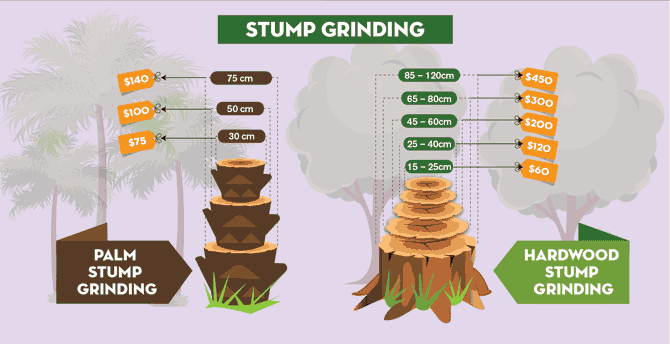Post-Tree Elimination Treatment: Just How To Recover Your Landscape Effectively
Post-Tree Elimination Treatment: Just How To Recover Your Landscape Effectively
Blog Article
Created By-Tate McCollum
After a tree's elimination, your landscape may look rather different, and it's necessary to assess the consequences very carefully. You'll wish to assess the dirt disruption and inspect surrounding plants for any indicators of anxiety. Overlooking these elements can lead to bigger troubles down the line. So, what should you finish with those stumps and roots? And just how do you pick the most effective plants for your rejuvenated space? Allow's check out these crucial actions.
Analyzing the Consequences: Evaluating Your Landscape
After a tree removal, it's important to evaluate your landscape to recognize the influence it carries your yard.
Begin by analyzing the area where the tree stood. Search for indications of soil disturbance, and check the surrounding plants for any kind of tension or damages.
You must additionally take note of exactly how the removal has actually transformed sunlight exposure and airflow in your yard. This shift can affect the development of neighboring plants, so it's necessary to assess their health.
Consider the aesthetic elements also; the removal may produce an open space that you can redesign.
Finally, think of source website that may emerge from the tree's lack. Addressing these elements early will help bring back equilibrium to your landscape.
Managing Stumps and Origins: Choices for Removal
When you've examined the aftermath of the tree removal, you'll likely require to deal with the stump and roots left.
You have a couple of options for elimination. One effective technique is stump grinding, where a professional utilizes a device to grind the stump to below ground level. This technique leaves very little interruption to your landscape.
If you prefer a DIY approach, you can make use of a combination of excavating and chemical stump eliminators. Just remember, this procedure can require time and initiative.
Conversely, take into consideration leaving the stump as a natural feature, which can work as a special garden element or environment for wild animals.
Whatever you select, dealing with the stump and origins is important for recovering your landscape.
Selecting the Right Plant Kingdoms for Your New Space
As you examine your recently removed area, choosing the right plants can substantially improve your landscape's beauty and functionality.
Begin by thinking about the sunlight and soil problems. For warm locations, go with drought-resistant plants like lavender or succulents. In shaded places, brushes and hostas thrive well.
Think about Palm Tree Removal Free and development habits of your plants; mix perennials and annuals for seasonal variety. Do not neglect to integrate native varieties; they require much less maintenance and assistance neighborhood wildlife.
Group plants in strange numbers for an extra natural look and develop layers for visual depth.
Finally, ensure you have a mix of colors and textures to maintain your landscape dynamic throughout the seasons.
Happy planting!
Conclusion
In conclusion, restoring your landscape after tree removal is a rewarding process. By examining the after-effects, addressing stumps and roots, and choosing the right plants, you'll produce a thriving setting. Don't fail to remember to incorporate erosion control steps to safeguard your dirt. With a little initiative and treatment, you can transform your space into a dynamic garden that enhances your residential or commercial property. Embrace the chance to invigorate your landscape and take pleasure in the elegance of nature right in your backyard!
